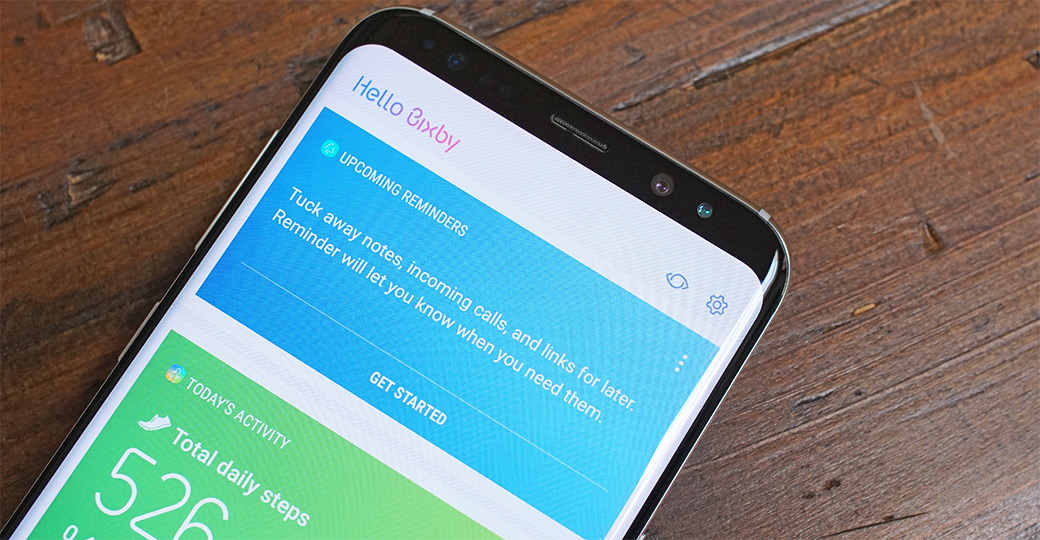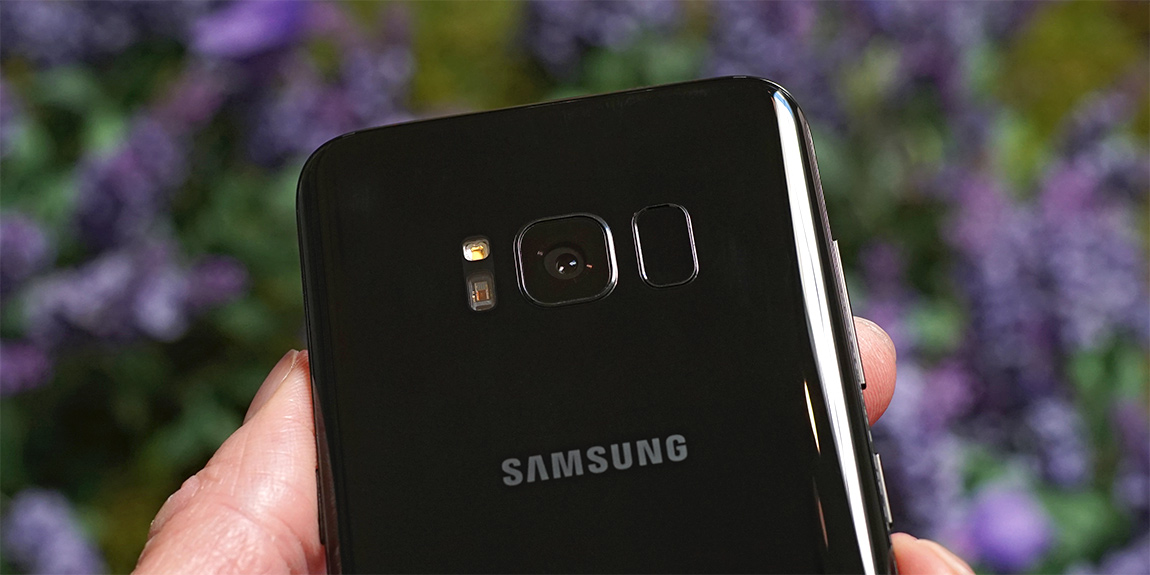Samsung Galaxy S8 Showdown: Exynos 8895 vs. Snapdragon 835, Performance & Battery Life Tested
by Matt Humrick on July 28, 2017 8:00 AM EST- Posted in
- Smartphones
- Samsung
- Galaxy
- Mobile
- SoCs
- Snapdragon 835
- Exynos 8895
- Galaxy S8
Final Words
Any discussion about the Galaxy S8’s performance begins with its two SoCs, which have some things in common, but a lot more differentiating the two. At a low level, both are built on the same Samsung 10nm LPE process. But past that, what the chip designers at Qualcomm and Samsung LSI built with that process are at times very different.
In terms of processing elements, the Snapdragon 835 uses four semi-custom Cortex-A73 CPU cores for its big cluster, while the Exynos 8895 employs four of Samsung’s custom M2 cores. Our lower-level tests show almost no overall difference in integer IPC between the two CPU cores, with each microarchitecture showing a small advantage in a few, very specific workloads. The M2 in the E8895 delivers better overall floating-point IPC, but on the whole there is not a big difference in CPU performance between the S835 and E8895, thanks to their similar IPCs and clockspeeds.
Focusing solely on the hardware’s capabilities ignores a vital piece of the puzzle, however. Software plays an important role too, particularly the parameters that control a phone’s CPU scheduling and DVFS systems. OEMs fine tune these parameters to find the right balance between performance, power consumption, and thermal limits. It’s only when running system-level tests such as PCMark, which runs more realistic workloads that use standard Android API calls, where these effects become evident and where we see a noticeable difference in performance between the two S8 models. The S835 S8 performs almost 30% better than the E8895 model overall in PCMark, with a 49% advantage in the Writing test where thread migration between the little and big clusters plays a prominent role. The storage performance of our E8895 S8 sample, which came with Samsung UFS 2.1 NAND, was significantly better than our S835 S8’s Toshiba UFS 2.0 NAND, however.
When it comes to running apps, the E8895 S8’s performance is comparable to last year’s flagships, while the S835 S8 is among the fastest currently available. There’s another aspect of performance, though, that’s more difficult to measure: user interface responsiveness and fluidity. This is an area where Galaxy phones have struggled in the past. I only had access to the E8895 S8 for a brief period (all of which was used for testing and collecting data), and I did not have the S835 model at the same time for a side-by-side comparison, so I’ll reserve my subjective opinion about UI performance to the S835 model. Overall I found it to be very fluid. Not quite as smooth as Google’s Pixel, but noticeably better than the Galaxy S7 (S820), which never felt as fast as some of its peers. The S835 S8’s performance perfectly mirrors the smooth and fluid design of its chassis.
Both models deliver excellent graphics performance, although the E8895 model and its 20-core Mali-G71 GPU is a little faster in most workloads. The flipside is that the S835 model’s Adreno 540 offers much better efficiency, prolonging battery life by an extra hour in our GFXBench Manhattan ES 3.1 battery test.
Peak performance is good for bragging rights, but what really matters when playing the most demanding games is sustained performance. Interestingly, both S8 models deliver the same steady-state performance after throttling GPU frequency to stay within their thermal limits. While neither SoC can maintain peak frequency for very long, sustained performance is still excellent, which is important if you want to use the S8 with Samsung's Gear VR system.
Battery life has also improved significantly from the S7 to the S8, even though there’s been no change in battery capacity. This comes thanks in large part to Samsung's 10nm LPE process, which has allowed chip designers to rebalance their designs to curtail power consumption while still offering a modest performance increase. Overall Samsung has definitely improved overall efficiency for this generation, however the S835 model has a clear advantage over the E8895 S8. This is particularly obvious when looking at GPU power consumption.
If you’re upgrading from a previous Android or Galaxy phone, especially one that predates the S7, the Galaxy S8’s performance and battery life will not disappoint, no matter which SoC is used. Between these two, however, across all of the tests I've run, the S835 model is certainly the better of the two in terms of those metrics.












137 Comments
View All Comments
philehidiot - Friday, July 28, 2017 - link
A subjective comparison of the two would be good if you can manage it although I appreciate Anandtech is struggling for smartphone reviewers and getting the two models for long enough could be an issue. From my POV my S8 E8895 is pretty slick but you notice the bloatware and it really isn't as smooth as it ought to be. I feel a lot of it is down to poor optimisation of the bloatware which is forced upon you. What I do rather like is the dialer (whilst slow) does look up the number and alert you to "suspected spam" so you can choose to answer the phone as the Savoy Grill or, my personal favourite, the interrogation chamber at Guantanamo Bay.Disabling Bixby on this thing is a must as it's just annoying, intrusive and slows everything down. As well as being useless. I took a picture of a chocolate bar, used "Bixby Vision" to try and search for similar things (dunno why you'd want to do this) and it showed me a bag of chocolate dicks. Erm... okay.... thanks, Samsung.
coder111 - Friday, July 28, 2017 - link
What about AOSP or LineageOS support? I know most people don't care, but I do. Is it more likely that Exynos S8 will get decent support, or Snapdragon one? Because that's the major selling point for me. Until there's LineageOS for Samsung S8, I'll prefer OnePlus5.Notmyusualid - Sunday, July 30, 2017 - link
No LineageOS just yet, I've just checked. Loaded Batman ROM instead, seems OK. I changed the ROM, as the phone kept updating, re-enabling bloatware, and making the 'buttons' default to disappear each time, for each app. Also, to my annoyance, I could not uninstall Facebook.But the biggest thing I've not seen mentioned is the fact that the E8895 is a dual-sim phone, which the Snapdragon is not.
My S8 Plus, I noted, was 3rd fastest on the planet in Antutu benchmarks, and cost 31,050 THB, from the Samsung store. Now that the ROM is changed, I'm happy.
jrapoport - Friday, July 28, 2017 - link
so, you say "lets see how hardware and software work together"... yet you don't try the "samsung app" on a "samsung phone"... I wonder how the chrome-based benchmarks would come out on the samsung browser instead of using chrome?I know that would make it harder to actually compare apples-to-apples (ha!), but since benchmarks are really already borderline useless, might at least try to make a fairer useless comparison, right?
safari on iPhone, vs chrome on pixel vs samsung browser on samsung phone... I'm guessing they might have some further optimizations going on there?
Infy2 - Friday, July 28, 2017 - link
AT apparently no longer provides full featured phone reviews. At this time of the year we have previously seen reviews of Samsung, LG and HTC flagships.jospoortvliet - Friday, July 28, 2017 - link
I prefer these unique in-dept dives in hardware over generic reviews you can find on any other site... Great read, as always, though I'd love to see even more about he power usage.Also, when the SOC's are so closely matched by low level benches but the PCMark test shows such a huge difference (note only that one, not the browser benchmarks or games) it might be worthwhile to consider the PCMark test might not be entirely objective. Any other way to manually test some of its scenario's like writing etc to verify it isn't (accidentally, I'm sure) slanted towards the Snapdragon?
Of course it is a reality that there's probably more software optimized for the ubiquitous snapdragon than for the SAMSUNG SOC but with a difference THIS big I think it is warranted to look a bit deeper, ask the vendor perhaps if they have a clue at what might be wrong etcetera.
Lau_Tech - Friday, July 28, 2017 - link
Let's see if this new approach endures with the new iphoneBadelhas - Friday, July 28, 2017 - link
The only thing missing is the HTC U11 to that comparisonBrokenCrayons - Friday, July 28, 2017 - link
6.2 inches of screen! That's huge. My first Android tablet had a 7 inch screen. Yeah, there's a lot less bezel around it, but there's a point where a phone becomes too impractical to carry and use and I feel in the name of specs and selling points, we've long since passed that with flagship devices. I'd love to see flagship specs in maybe a 4 to 4.5 inch device. I have nowhere to carry something that big. I guess if it was my only computing device maybe there'd be an excuse for it, but wireless docking and charging would be a must and I'd still prefer a mix of a laptop for big computing tasks and a small phone for computing/communications while on the road.goatfajitas - Friday, July 28, 2017 - link
I hear you, but it isnt that big. It's very close to the iPhone 6+ and 7+ in size even though they have a 5.5 inch screen... That and the 5.8 inch model is even smaller, closer to 5.2 inch models from the past 3-4 years. Anyhow, there are options, but what suits you.